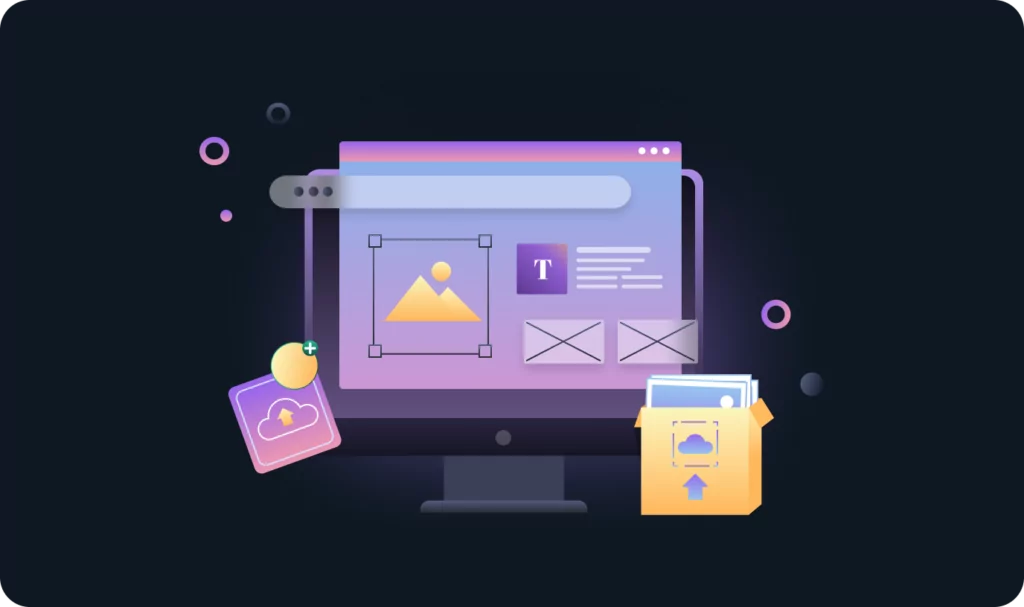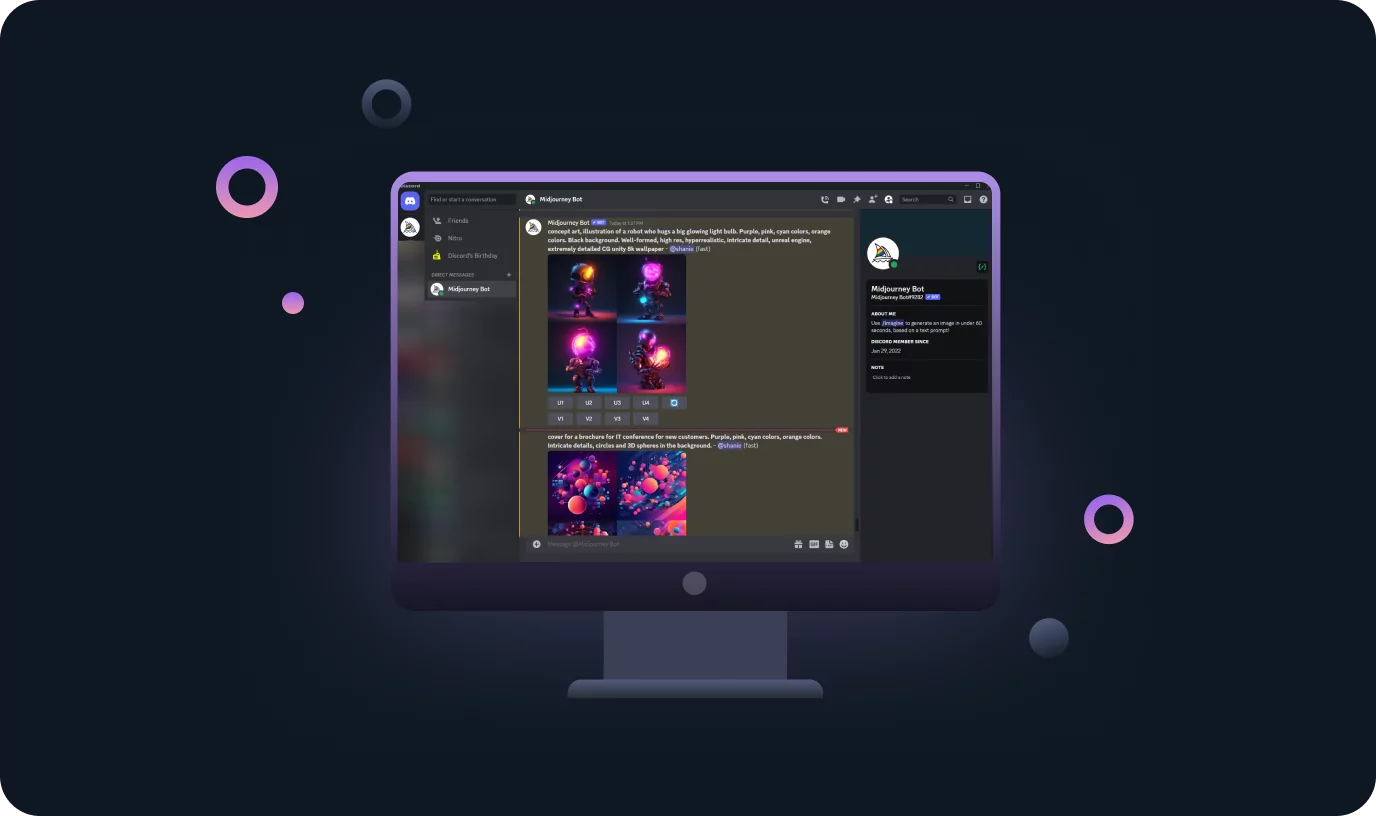Photoshop AI Generative Fill, recently introduced as a beta version by Adobe, is truly an incredible tool. Even as limited as it is now, it makes the work of designers and photographers much easier. Moreover, Generative Fill has a high potential to change the image editing industry. In this post, Devtorium`s designers will explain the features of Photoshop AI and show off some of its applications in graphic design services.
What is Photoshop AI Generative Fill?
Generative Fill is an AI solution that can generate or remove parts of an image with minimal effort from the user. In simple terms, it works like this, you select an area of an image and AI can produce realistic textures, patterns, and details that perfectly integrate into the rest of the picture.
The step-by-step process goes like this:
- First, you select an area within your image where you want to add content.
- Next, you provide text prompts (commands).
- After this, Photoshop AI analyzes your prompts and the surrounding image content.
- Following the analysis, Generative Fill generates new pixels that match the style, lighting, texture, and details based on your input.
- Finally, you receive several updated image preview options and can choose the best one.
Note that Photoshop AI beta is available to all paid Adobe Photoshop subscribers. All you need to do as a registered user is to download and install the solution from the official website.
Our graphic designer, Khrystyna Byelova, has already tried using Photoshop AI Generative Fill when working on photo editing for our social media posts. Take a look at the amazing results it can produce. You can see the prompts she used in the image below.

How Generative Fill Benefits Designers
The main benefit of using Photoshop AI is that it saves designers a lot of time, which is usually spent on image editing. AI assistance offers some additional benefits as well:
- Contextual image generation that matches the original (objects and backgrounds)
- Multiple style options, including textures, patterns, lighting, and details
- Layers support for non-destructive editing
- Customization: you control the adjustment settings, like Color Adaptation, Rotation Adaptation, and Scale
- Faster iteration by generating dozens of variations
Bottom Line: How to Implement Benefits of Photoshop AI for Your Business
If you are a graphic designer or a photographer, you can greatly speed up your work using Generative Fill. However, it’s not only professionals who work with visuals who can benefit from it. Content generated with Photoshop AI can be used across industries ranging from eCommerce to advertising.
The technology is still relatively new, but it continues to improve at a rapid pace. The potential use cases seem endless, whether filling gaps in product images or generating graphical assets for ad campaign concepts. If you want to know how to boost your own business using this tool, contact us for a free consultation. To learn more about the use of AI in design, check out this article about prompt engineering for Midjourney.




































